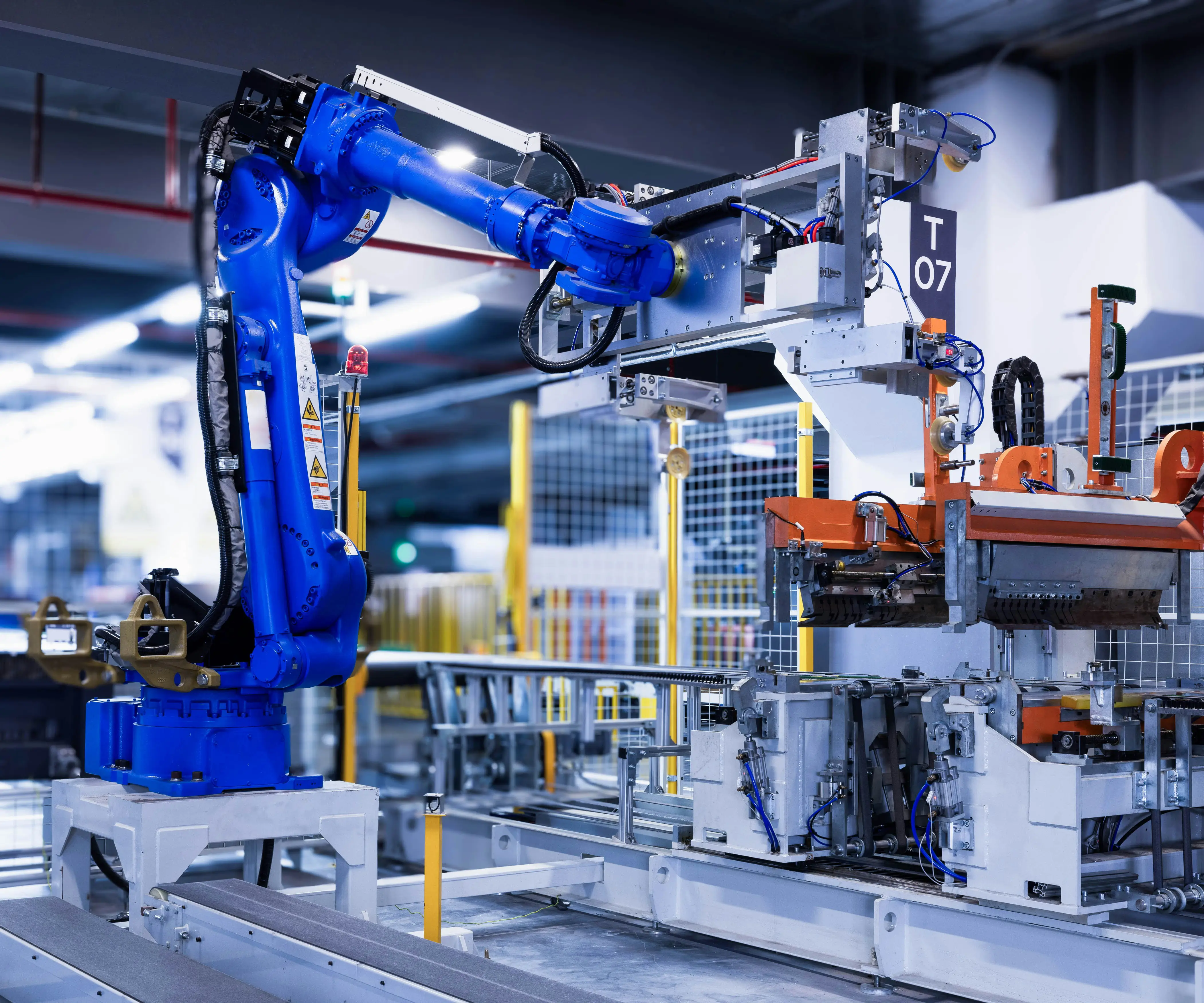Imagine a world where machines move with the precision and grace of a dancer or the dexterity of a craftsman. Thanks to the wonders of modern electronics and microcontrollers, turning that dream into reality is more accessible than ever. At the heart of many robotics and automation projects lies an unassuming but powerful component: the servo motor. When paired with Arduino—a user-friendly, open-source microcontroller—servo motors become the backbone of countless creative projects, from robotic arms to automatic blinds, and even intricate animatronics.

What is a servo motor, and why is it so popular?
A servo motor isn’t just your regular motor; it’s a specialized device designed for precise control of angular or linear position, velocity, and acceleration. Unlike standard DC motors, which rotate continuously, a servo motor is equipped with a built-in feedback system—often a potentiometer—that continuously monitors its position. This allows it to accurately move to a specific angle, hold that position, or perform smooth, incremental movements.
The typical servo motor features a small, lightweight body—usually about the size of a golf ball—that is capable of delivering significant torque for its size. It has three wires: power (usually red), ground (black or brown), and signal (white, yellow, or orange). The signal wire is the communication channel through which the control commands are sent, dictating the servo's position.
Using servo motors with Arduino: why is it a game-changer?
Arduino is renowned for being beginner-friendly, affordable, and highly versatile, making it the perfect partner for controlling servo motors. With just a few simple connections and lines of code, novice electronics enthusiasts can breathe life into their ideas—from creating a simple robotic arm that picks up objects to developing complex automated systems.
The magic fundamentally lies in Pulse Width Modulation (PWM), a technique that sends short bursts of electrical signals to the servo, telling it what position to adopt. Arduino’s built-in functions simplify this process dramatically, masking the complexity and allowing users to focus on their project ideas.
Getting started with a basic setup
Before jumping into coding, assembling the hardware is straightforward. You'll need:
An Arduino board (Uno, Mega, Nano, etc.) A standard servo motor Jumper wires External power supply (if needed for larger servos) Breadboard (optional, for prototyping)
Connecting the servo motor
Connect the servo's power (red) wire to the Arduino's 5V pin. Connect the ground (black/brown) to the Arduino GND. Connect the signal (yellow/orange/white) to a PWM-capable digital pin (e.g., pin 9).
If you're using a small, standard servo, powering it directly from the Arduino is fine. For larger servos or multiple servos, an external power supply is recommended to prevent overloading the Arduino’s regulator.
What makes Arduino’s environment appealing is its ability to quickly translate code into action. The core library for servo control is Servo.h, which simplifies communicating with the servo motor.
A simple example
Here's a taste of the basic code you'd use:
#include Servo myservo; void setup() { myservo.attach(9); } void loop() { myservo.write(90); // move to 90 degrees delay(1000); myservo.write(0); // move to 0 degrees delay(1000); myservo.write(180); // move to 180 degrees delay(1000); }
This code makes the servo spin to three positions with one-second pauses, demonstrating the ease of getting started. As you become more confident, you can incorporate sensors, buttons, and more complex algorithms to create interactive projects.
Beyond Basics: Speed, smoothness, and accuracy
The Servo.h library provides methods not only to set position but also to control speed and movement smoothness. For more precise control, especially in robotics applications, you might explore other techniques like incremental movement over small steps, or even advanced PID control algorithms for fine-tuned positioning.
Real-world applications and inspiring projects
Once you master the basics, the possibilities multiply. Some popular projects include:
Robotic arms: Precise movement with multiple servos to mimic human arm motion. Camera gimbals: Stabilize and aim cameras automatically. Automated blinds: Open and close based on sunlight or time. Animatronics: Bring toys, puppets, or figures to life with lifelike movements. Remote-controlled vehicles: Steering mechanisms in RC cars, boats, or airplanes.
Troubleshooting common issues
Getting your servo to respond as expected can sometimes be tricky. Common issues include:
Stalling or jittering: Often caused by insufficient power. Ensure your servo is getting enough current, especially if using multiple units. Unresponsive servo: Double-check your wiring, ensure the signal pin is correct, and confirm the code compiles. Overheating: High torque or continuous operation can cause the servo to heat up. Use external power when necessary.
Power considerations
Larger or multiple servos demand more current than the Arduino can provide. Using an external power supply, such as a 5V regulated power source capable of delivering the required current, is usually necessary. Always connect the ground of the external power supply to the Arduino ground to keep the reference common.
Would you like to proceed with Part 2, which will delve into advanced controls, real-world project ideas, coding techniques, and troubleshooting tips?
Established in 2005, Kpower has been dedicated to a professional compact motion unit manufacturer, headquartered in Dongguan, Guangdong Province, China.




































